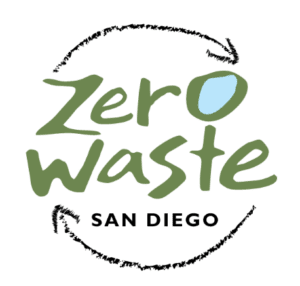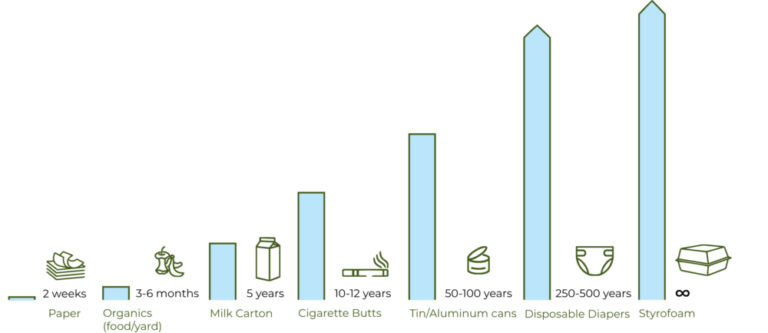ZERO WASTE EXPLAINED
Get Real-World Solutions To Our Disposable Society
Because every action we take can make an impact.
ZERO WASTE EXPLAINED
Get Real-World Solutions To Our Disposable Society
Because every action we take can make an impact.
What is Zero Waste?
Zero waste is “the conservation of all resources by means of responsible production, consumption, reuse, and recovery of products, packaging, and materials without burning and with no discharges to land, water, or air that threaten the environment or human health.” – Zero Waste International Alliance (ZWIA, 2022)
In simpler terms:
Zero waste is a goal and a mindset shift that requires you to think of your discards as resources so you can start reducing the waste you create as an individual and as a community through preventative measures like reducing, reusing, repurposing, and recycling.
It’s about understanding the big picture of your purchasing habits and how the different resource disposal methods affect your community and the planet –and then doing something about it.
Because really,
If you’re not for zero waste, then how much waste are you for?
DID YOU KNOW?
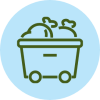

An average San Diegan throws away eight pounds of trash a day. The U.S. average is four pounds a day.


Every ton of paper recycled saves 17 trees! And 1 ton is equivalent to a weight of a giraffe or great white shark!
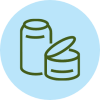

Recycling 1 aluminum can saves enough energy to run your TV for 3 hours!


It takes 65% less energy to recycle paper than it does to make it out of virgin material.
DECOMPOSITION RATES IN THE LANDFILL
The materials that make up the resources we use regularly have various decomposing timelines, with many remaining in the environment after being “thrown away.”
Feed the soil, not the landfills!
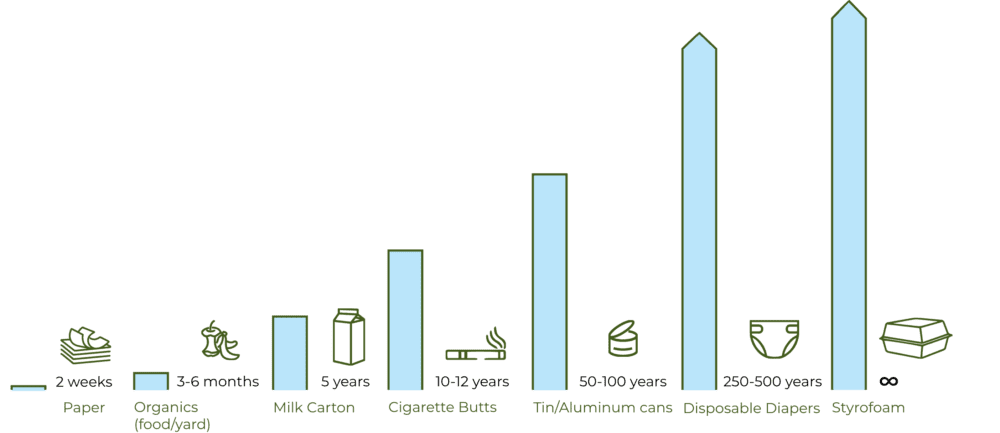
Did You Know?
17% methane in the atmosphere comes from landfills!
Did You Know?
17% methane in the atmosphere comes from landfills!












THE ZERO WASTE HIERARCHY
The Zero Waste Hierarchy (ZWH) is designed to reduce the amount of resources going to landfills or incinerators by helping people think about their actions and thought processes, and how they can move towards the ultimate goal of zero waste.
At each progression through the ZWH, you can ask yourself a single question:
- Do you need it? (Refuse)
- How much of it do you actually need? (Reduce)
- Is it still useful after you’re done with it? (Reuse)
- Can it be composted? (Rot/Compost)
- Can it be recycled? (Recycle)
- Can you fix it? (Repair)
- Can it be made in a different way so it’s reusable, recyclable, or compostable? (Redesign)
- Can you vote for regulations around it? (Regulate)
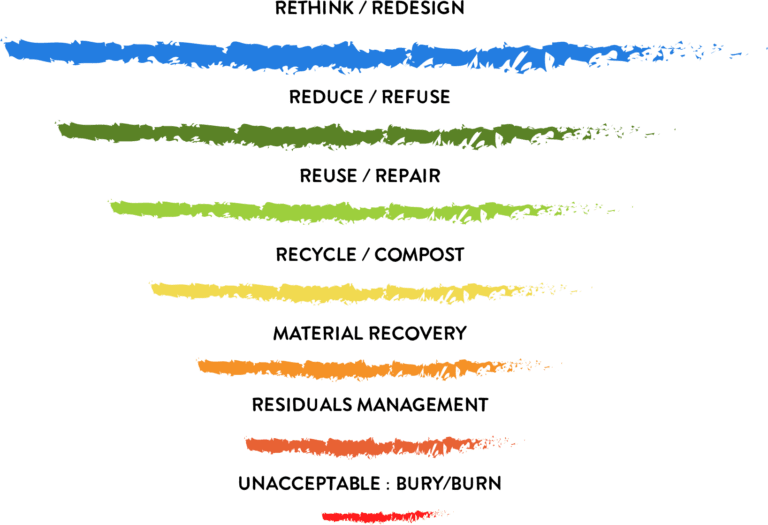

ZERO WASTE 101
To achieve a truly circular economy, we must collectively work together to enact zero waste programs that directly contribute to reducing climate change, protecting health, creating green jobs, and promoting local sustainability.
Below you’ll find some ideas to start sustainably managing your resources in your business, community, or school.
What does it mean to be a...
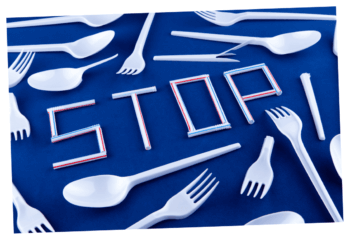

- Commit to the triple bottom line
- Use precautionary principles before introducing new products (people, planet before profit)
- Take financial and/or physical responsibility for anything produced or marketed under your brand
- Buy used, recycled, or composted products in all aspects of your operations
- Prevent pollution and reduce waste within your supply, production, and distribution systems
- Encourage workers and suppliers to eliminate waste and maximize the reuse, recycling and composting of discarded materials
- Evaluate your products or services regularly to eliminate anything wasteful or toxic
- Most importantly, in order to make lasting changes the directive needs to start from the top up.
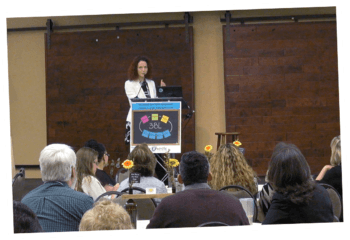

- Establish zero waste benchmarks and goals to meet
- Perform zero waste audits to inform your efforts and your community
- Engage the whole community in your zero waste efforts
- Write letters to our elected officials about managing resources rather than waste
- Develop new incentives or policies to shift the local marketplace towards zero waste
- Educate residents, businesses, and visitors
- Expand zero waste infrastructure by supporting local enterprises, reuse or recycling-based businesses, NGOs, and more
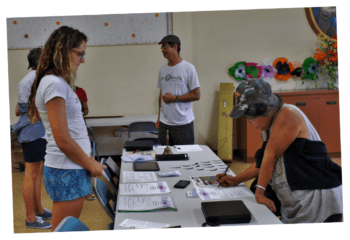

- Establish zero waste benchmarks and goals to meet for your school
- Buy used, recycled, or composted products when possible
- Perform zero waste evaluations to inform your efforts and your faculty on the progress
- Encourage students and teachers to participate in your zero waste efforts
- Educate students and teachers on the importance of zero waste through trainings, workshops, and events
- Provide easy access zero waste programs at your school
- Develop and implement new rules and incentives to participate in and move towards zero waste
- Most importantly, in order to make lasting changes the directive needs to start from the top up.
ZERO WASTE IN SAN DIEGO
Below are our go-to resources for all things zero waste in the greater San Diego County area.
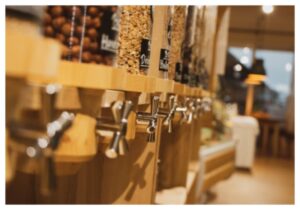

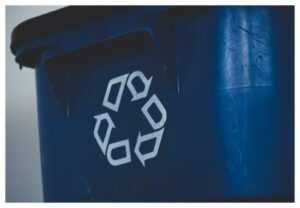

Where to recycle
- Ewaste: EnviroGreen Urban Corp, Solana Center, California Metals
- Building Material: Habitat for Humanity
- Everything: Goodwill
- Art Supplies and Scraps: Be Creative and Rare Hare Studios
- CRVs: local recycling centers (add link to google map) One Earth Recycling
- Organics: San Diego Miramar Greenery, Food 2 Soil, Solana Center
- Metal Scrap: California Metals
- Batteries: Solana Center
- Database: I love Clean San Diego www.cleansd.org
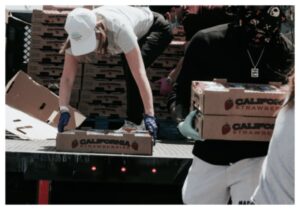

Food Waste & Food Donation
- San Diego Food Bank
- Feeding San Diego
- Kitchens For Good
- Heaven’s Windows
- San Diego Food Systems Alliance Food Scraps (membership-based)
- Food to Soil
- Solana Center for Environmental Innovation: (provide master composting classes)
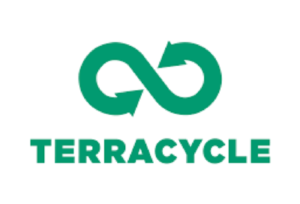

Terracycle Campaigns
- Cigarette Waste Free Recycling Program [Learn more]
- Garnier Free recycling Program [Learn more]
- Gillette Free Recycling Program [Learn more]
- GoGo Squeeze Free Recycling Program [Learn more]
- Hasbro Free Recycling Program [Learn more]
- Royal Canin Free Recycling Program [Learn more]
ADDITIONAL RESOURCES & TOOLS
Below are resources and tools to help you learn more and connect with others as you navigate your Zero Waste journey.
SIGN UP FOR THE ZERO WASTE SAN DIEGO NEWSLETTER
Want to receive the latest news on event updates, community news, and all things resource management?
